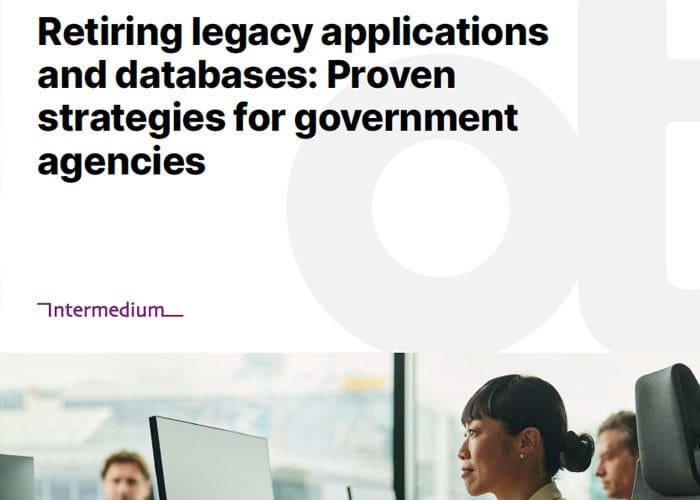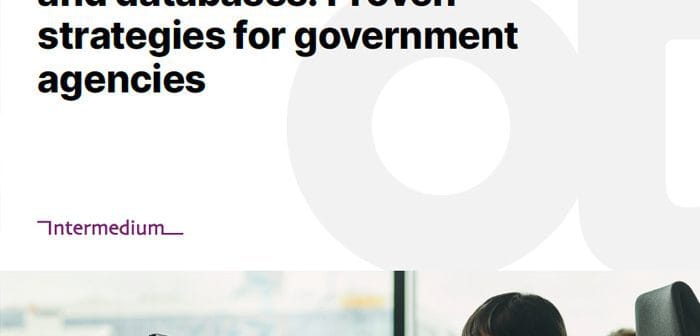
OpenText has released its intermedium report, Retiring Legacy Applications and Databases: Proven Strategies for Government Agencies. The report provides clear guidance and practical strategies to help government agencies transition from legacy systems to modern digital platforms.
The report’s findings show that government agencies spent 80% of their budget on running systems, including legacy applications and databases – more than in sectors like banking and finance.
“Government agencies across Australia are under increasing pressure to deliver faster, more secure, and citizen-centric digital services,” says OpenText ANZ Vice President George Harb. “This report provides a clear and practical blueprint for transitioning from outdated legacy systems to agile, future-ready platforms.”
“It’s not just about technology but about enabling better outcomes for communities,” he added. “By applying these proven strategies, agencies can modernise with confidence and ensure long-term impact.”
While successfully retiring legacy systems and transitioning to modern platforms involves much more than just adopting new solutions, having the right enabling technologies is critical.
The report outlines how contemporary archiving solutions play an essential role in the process, supporting agencies to reduce risk and manage compliance with information preservation, accessibility, privacy and security requirements.

Key strategies from the report include:
Developing an unassailable business case to secure support
Governments are seeking to scale back existing digital and ICT projects and are approving fewer major new initiatives Agencies can align proposals with one or more of the government’s four core investment drivers to increase the likelihood of approval, whether pitching to agency executives or competing in the Cabinet budget process.
The four core government investment drivers include attending to neglected core services, managing government finances responsibly, anticipating future needs, and growing the economy.
Applying value-for-money assessments when selecting approaches
Agencies can conduct a value-for-money assessment to ensure that retiring a legacy application or database supports agency objectives. The value-for-money test involves determining value by comparing the lifetime benefits (non-financial factors) to the lifetime costs (financial factors).
Aligning initiatives with Whole of Government (WofG) directives
Agencies are more successful in decommissioning legacy systems when their strategies align with WofG directives. This alignment allows them to leverage reusable components and resources, including support from the WofG digital agency. It also increases their chances of accessing funding through WofG ICT and digital funding pools. NSW, Western Australia, Tasmania, and South Australia have dedicated budget mechanisms to encourage ICT and digital projects that support WofG priorities.
Taking an iterative approach to modernisation
Governments prefer smaller and more manageable projects to reduce risk and speed up the delivery of benefits. Focusing on iterative progress creates opportunities for smaller businesses to participate as they may not have the scale of larger suppliers, with agencies deeming them ‘too risky’ for high-value projects.
OpenText supports over 700 government organisations across Australia and New Zealand, with a strong focus on Federal and State departments, agencies, and commissions. The report’s recommendations aim to accelerate digital transformation across government, helping public sector institutions deliver better outcomes for the communities they serve.
You can read the full report here.





